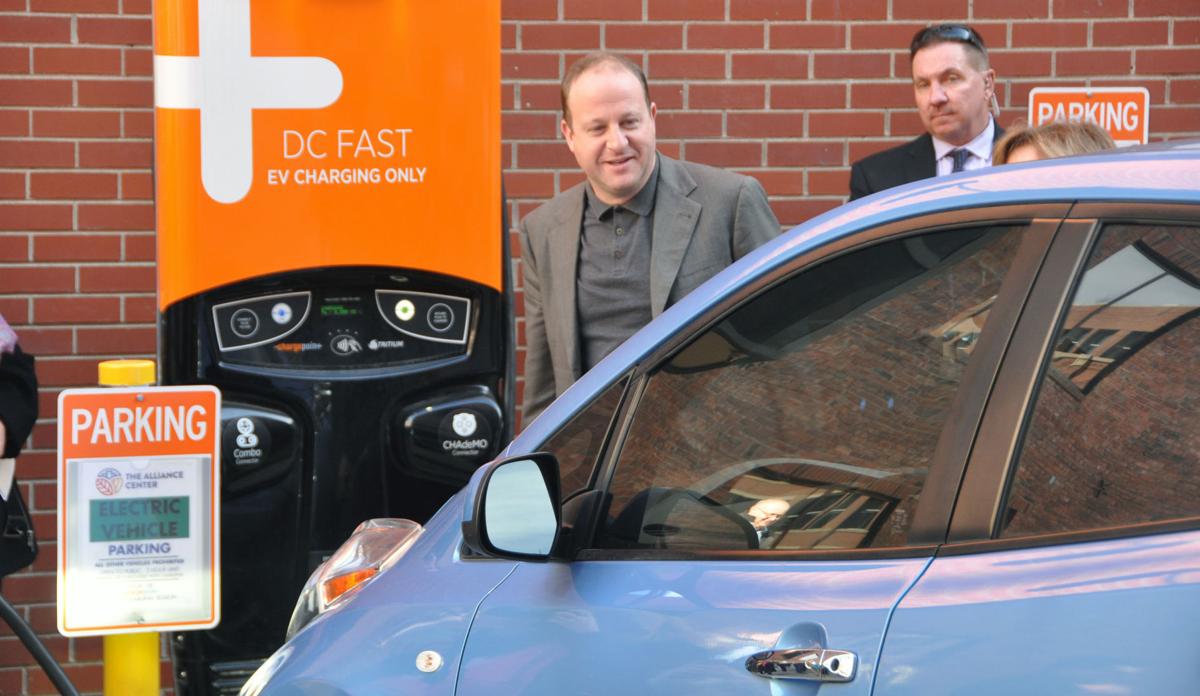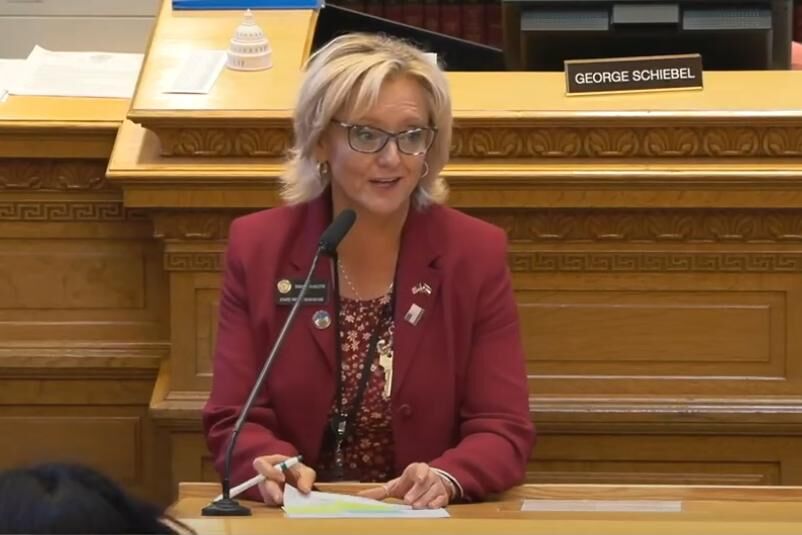Gov. Polis chooses electric vehicles over the handicapped | CALDARA

Colorado’s governor just made this statement “The market has made it clear, EVs (electric vehicles) are here to stay.”
I agree with him. Electric cars, unlike 8-track tapes and rotary-dial phones, will continue to be available to consumers for a long, long time. Cool. But why he made the statement puzzles me. He did so while touting his decision that the state will increase one of its subsidies to buy a new EV from $6,000 to $9,000.
Wait a second. Which one is it? Has the market made clear electric vehicles are “here to stay”? Or do we need to add a third to the EV subsidy to keep its market alive?
And it begs another question: If the state is in a budget crisis, why spend our very scarce money buying people cars instead of providing core governmental services? Oddly, it’s the governor’s decision alone.
During the recent special session, instead of doing their constitutional job of setting budget priorities, the state legislature booted that power to the governor. This hard-left legislature, that screams President Donald Trump has too much executive authority, just gifted their highest authority to Colorado’s chief executive.
In case you’re blissfully unaware, the left is finally noticing our three equal branches of federal government have become very unequal. The executive branch has gained more and more power because during the last century Congress kept ceding its authority to the president’s office. Colorado has been following that example.

But let’s talk electric cars. It’s been nearly a year since I let the taxpayers buy me one. I purchased a brand-new, completely sissy, Nissan Leaf. Although it retails for about $30,000, I got it for less than $14,000.
Can you really declare a product is “here to stay” when people will only buy it if someone else pays for most of it?
Although it’s as masculine as a bejeweled golf cart with a baby seat, I’ve enjoyed driving this little electric car more than I’d like to admit. It drives smoothly, is responsive, and has some get-up-and-go (which rarely matters thanks to traffic because we’ve stop building or even maintaining roads).
The downside? In snow it drives like a garbage dumpster sliding down a hill. It has little space to carry much of anything. Though I’m buying less gas, my electric bill went nuts. But what’s known as “range anxiety,” that’s the worst.
I’ve limped this car home with only 2% battery power left, making it more anxiety-powered than electric-powered. It’s no good for trips that might go long. So, like every other electric car owner, I also have a gas-powered car for, you know, life.
The statistics prove it. Subsidies to buy an EV go to people who already can afford a car.
Any member of the Green Industrial Complex reading this is now yelling, “Hey jerk, this new Colorado EV giveaway is income-dependent!” Indeed, it is. Your income must be 80% or less of your “area median income.”
So, according to the Colorado Energy Office, in my poverty-stricken county of Boulder a household of four can make $120,480 a year and still receive the $9,000 gift. Nice.
Beyond that, the state still gives anyone who buys an EV $3,500 (that will reduce next year) plus and extra $2,500 if the EV has a retail price of under $35,000 (that won’t reduce).
The state predicts this new giveaway of $9,000 will cost more than $28 million through the next three years. That’s not what you’d call a budget-driver, but it does represent more than 11% of the $250 million budget shortfall that’s mostly taken out on Medicaid receivers.
And don’t give me the “oh, this EV money comes from a special fee for clean transportation” crap. Money. Is. Fungible.
Jared Polis, who decided to rescind a 1.6% bump to Medicaid recipients to offset a fraction of the inflation (which is worse in Colorado than most other states), has put middle-class people who want a new plaything ahead of the handicapped dependent on Medicaid.
Of course this is by design. The false narrative is Trump cut Medicaid, thus Colorado will need to raise taxes (or “fees”) next year instead of the truth.
Our leaders want to spend our money on social engineering, not the core functions of state government.
Jon Caldara is president of the Independence Institute in Denver and hosts “The Devil’s Advocate with Jon Caldara” on Colorado Public Television Channel 12. His column appears Sundays in Colorado Politics.












